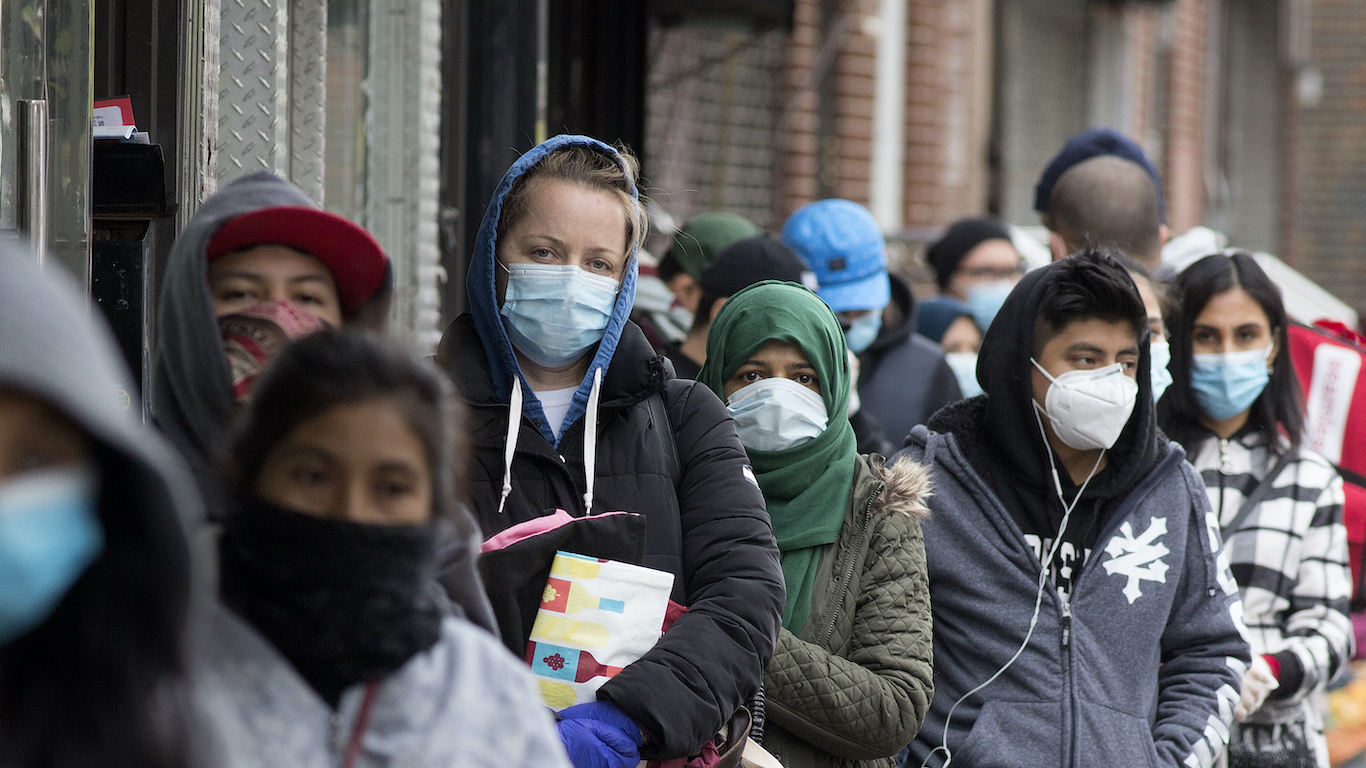
The U.S. labor market went from its strongest levels of our lifetimes to an atrocious job market in record-setting time in 2020. The latest payrolls report for July showed better than expected gains, but some fears are there that this may have been the last or one of the last serious gains from economic stimulus. That means that the jobs market going forward likely will depend more on how business owners and managers actually see their own companies and sectors positioning in a very weak economy. Continued industry closures and limitations on access to many businesses are only adding to those concerns.
It is not 100% possible to make direct comparisons to the number of job openings and the total number of unemployed people, but the current jobs market leans heavily toward there being more workers available for worth than there are job openings.
The U.S. Bureau of Labor Statistics (BLS) releases its monthly Job Openings and Labor Turnover Summary each month after its Employment Situation report. While this report comes with a one-month lag, one of the key readings inside of each report is the total number of job openings within the United States. The BLS showed that the number of job openings increased by 518,000 to 5.9 million in June. While that was considered little changed in the monthly reporting lingo, June was also the month when certain Payroll Protection Plan (PPP) loans started to end.
With a June 30 cut-off date for the number of openings, the estimated July 12 cut-off date for the payrolls showed that total nonfarm payrolls rose by 1.763 million in July. The BLS also indicated that the official unemployment rate fell to 10.2% in July from 11.1% in June.
It is impossible to use a straight-line math calculation to determine how many payrolls would have come out of those job openings, but obviously some of those positions filled came from the larger number of openings. It is also impossible to know how many more job openings would have been added (or if there was a net gain) in July.
The BLS job openings were led by accommodation and food services with 198,000 openings. The “other services” category had a gain of 69,000 openings in June, and the sector for arts, entertainment and recreation added 34,000 openings. The regions for the number of job openings increased in the Northeast and Midwest regions.
Comparing these higher openings for June to last Friday’s report for industry gains may offer at least some insight. July’s top industries for job gains were in leisure and hospitality (592,000 added), government (301,000 added), retail trade (258,000 added), professional and business services (170,000 added), other services (149,000 added) and health care (126,000 added).
Where the report looked less strong was in construction, with total job openings falling by 70,000 in June. The category for state and local government education also saw 26,000 fewer openings.
Last Friday’s BLS report for July indicated that the total number of unemployed persons fell by 1.4 million to 16.3 million in July.
Where things get tricky in comparing data that does sync directly in time is that direct comparisons can only be generalized. That said, 5.9 million job openings at the end of June versus 16.3 million total unemployed people as of roughly July 12 leaves somewhere in the vicinity of 10 million or so able-bodied workers with no destination to go work. That also implies that the labor force participation rate of 61.4% in July is not that likely to see any massive improvement in a very short time.
Are You Still Paying With a Debit Card?
The average American spends $17,274 on debit cards a year, and it’s a HUGE mistake. First, debit cards don’t have the same fraud protections as credit cards. Once your money is gone, it’s gone. But more importantly you can actually get something back from this spending every time you swipe.
Issuers are handing out wild bonuses right now. With some you can earn up to 5% back on every purchase. That’s like getting a 5% discount on everything you buy!
Our top pick is kind of hard to imagine. Not only does it pay up to 5% back, it also includes a $200 cash back reward in the first six months, a 0% intro APR, and…. $0 annual fee. It’s quite literally free money for any one that uses a card regularly. Click here to learn more!
Flywheel Publishing has partnered with CardRatings to provide coverage of credit card products. Flywheel Publishing and CardRatings may receive a commission from card issuers.
Thank you for reading! Have some feedback for us?
Contact the 24/7 Wall St. editorial team.
 24/7 Wall St.
24/7 Wall St.

